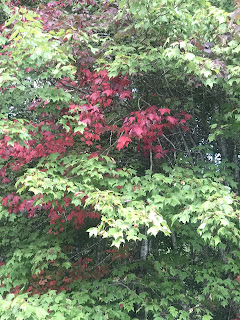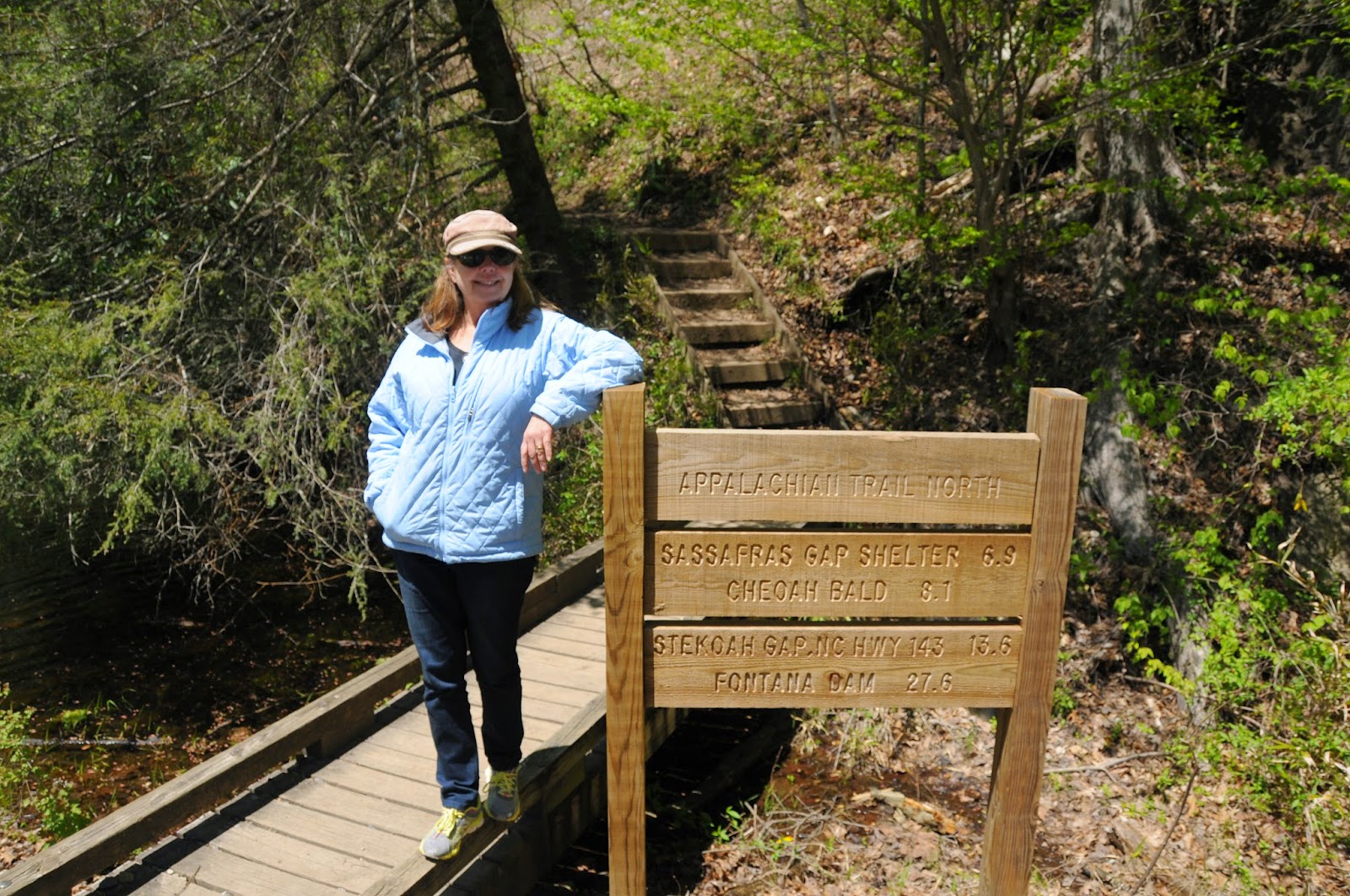"A Year With the Trees" - Tree Number 38
Quercus coccinea
The scarlet oak that dropped these leaves about a week ago, shares the same land I live on. I watch and visit with this magnificent tree all year round. The day these leaves fell, it was cold and windy. I picked up these beautiful scarlet colored leaves and took this photo on white paper to be able to really see the scarlet color,
I am so grateful for the trees I live beside. To see the birds that visit the tree, to hear the wind in tree branches, to breath in the fresh air, to feel the leaves falling around me, and to touch the strong bark with my hands, these moments always bring me to the present moment. Being present is what helps to keep me calm in what often seems a chaotic world filled with too much to do.
Enjoy finding your own moments by a tree and embracing the time with all your senses.
My practice for the past 15 years has been to visit each of the 93 trees on this blog once per season. When I am with the tree, I am quiet and use all my senses. Sight, hearing, smell, touch, and even tasting when possible.. These trees have become part of me; I have a love for trees that makes me who I am.
My favorite visits with the trees include carrying my journal and writing about my time with the tree. Writing about the birds that were there with me and the tree, the weather, the leaves, the limbs, the fruits and anything I feel about the tree and anything I feel the tree communicating with me. I might add a drawing of a leaf or the trunk or the fruit. Anything goes.
For the love of the trees,
Becky
























































